Iran and Saudi Arabia, carrying the banners of the Shi’a and Sunni strains of Islam, are engaged in an intense struggle for primacy in the Middle East. Their bruising competition for dominance, playing out mainly in Iraq, Syria, Lebanon and Yemen, has already affected Israel and Arab countries.
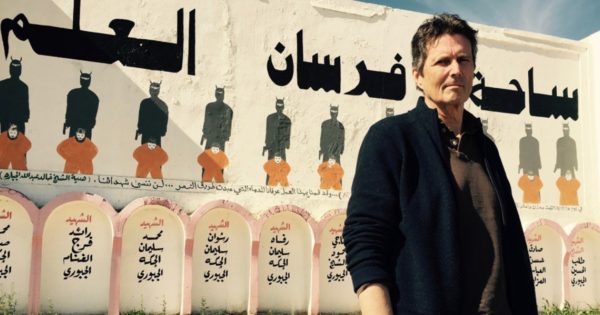
Martin Smith, a seasoned Middle East correspondent, explores their mutual antagonism in Bitter Rivals: Iran and Saudi Arabia, a superb PBS Frontline special also produced by David Fanning and Linda Hirsch and scheduled to be broadcast in two segments on February 20 and February 27 at 9 p.m. (check local listings).
The Arab-Israeli conflict, though still deadly serious, has been partially eclipsed by the growing sectarian rivalry between Iran, the strongest Shi’a power, and Saudi Arabia, a preeminent Sunni state and the seat of Islam.
Saudi Arabia, a U.S. ally, is convinced that Iran is the aggressive party. The Saudis believe the Iranians are exporting terrorism, seeking to destroy their nation, trying to Islamicize Muslim nations in their own image, and exporting the teachings of Ayatollah Khomenei, one of the chief ideologues of Iran’s Islamic revolution.
Countering Saudi Arabia’s claims, Iran contends that the Saudis do the bidding of the United States, the Great Satan, are sowing sectarianism, and are bent on dominating the Middle East.
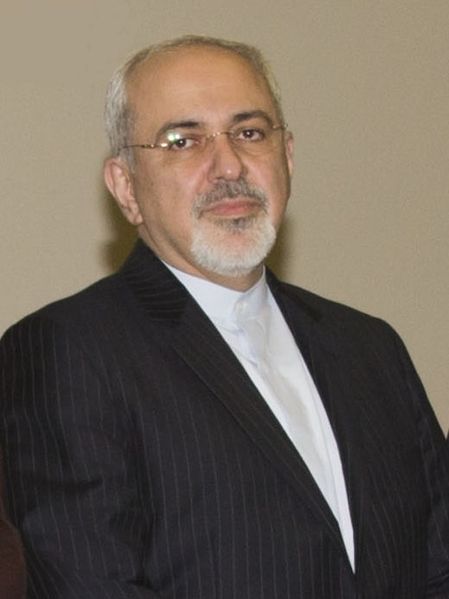
In fleshing out his ambitious documentary, Smith travelled to seven countries to tap into the bedrock of the dispute. A penetrating interviewer, he talks to a wide range of scholars, government and military officials and ordinary people, leaving viewers with a fairly well balanced picture of the problem at hand. But three figures stand out — Iranian Foreign Minister Mohammad Javad Zarif, Saudi Foreign Minister Adel al-Jubeir and Prince Turki al-Faisal, the former director of the Saudi intelligence service. All three men are passionate, articulate and toe the party line.
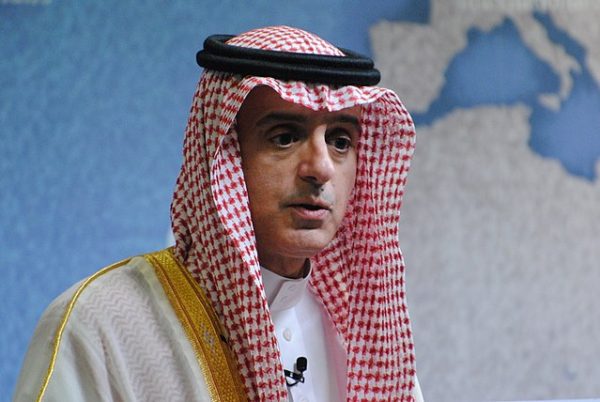
Smith begins his magisterial survey in Iran as Khomenei returns to Tehran from exile in France in February 1979. He is determined to remake Iranian society and end American and Western influence in Iran, which reached its apex during the reign of the last shah, Mohammad Reza Pahlavi. As Smith notes, the U.S. hostage crisis in Tehran in that seminal year enabled Khomenei to legitimize and consolidate his rule. He called it the “second revolution.”
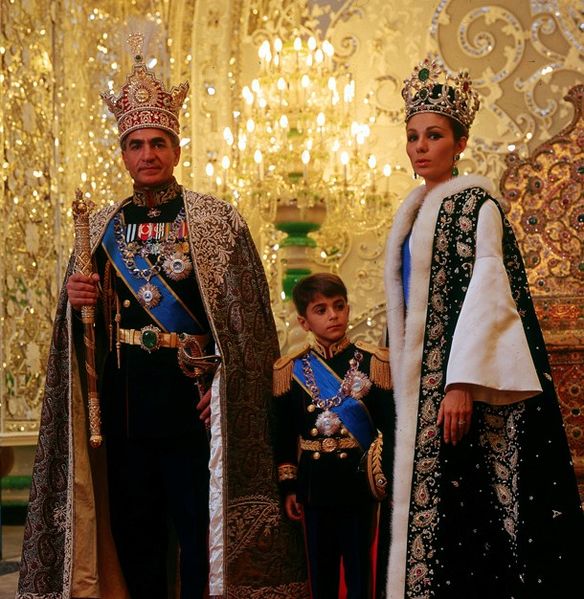
Having turned religion into a political doctrine, Khomenei was intent on exporting the Islamic revolution to neighboring countries, an ambition that sent shock waves through Saudi Arabia. Until that moment, the Saudis had enjoyed cordial relations with Iran. Fearing the new and destabilizing order in Iran, Saudi Arabia turned inward, allowing Wahhabism — its austere, rigid and intolerant form of Islam — to greatly expand its influence and reach.
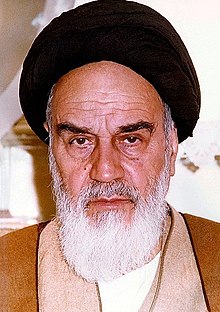
The 1979 siege of the Grand Mosque in Mecca was widely perceived as an Iranian plot by the Saudi leadership. In fact, as Smith points out, Wahhabi extremists were behind it. But as he adds, Iran encouraged the downtrodden Shi’as in eastern Saudi Arabia to clamor for equal rights. Regarding Shi’a Muslims as infidels, the Saudis now regarded Iran as an enemy, and funnelled hundreds of millions of dollars abroad to build Wahhabi mosques and schools. This effort was particularly pronounced in Pakistan, a predominantly Muslim nation.
Smith contends that the 1979 Soviet invasion of Afghanistan was a golden opportunity for Saudi Arabia, enabling it to channel arms and funds to Afghan jihadists and win friends throughout the Muslim world.
But in Lebanon, Iran outflanked Saudi Arabia by cultivating the Shi’a community. From 1979 onwards, Iran sent hundreds of Revolutionary Guards to Lebanon. In the wake of Israel’s 1982 invasion of Lebanon, Iran was instrumental in the founding of Hezbollah, which launched the era of suicide bombings in the country and region. Widely seen as Iran’s surrogate, Hezbollah has since built a formidable army of some 20,000 soldiers.
Smith does not devote sufficient time to outline Hezbollah’s political clout in Lebanon. And strangely enough, he omits altogether the blistering guerrilla war it waged against Israel in southern Lebanon from 1982 to 2000.
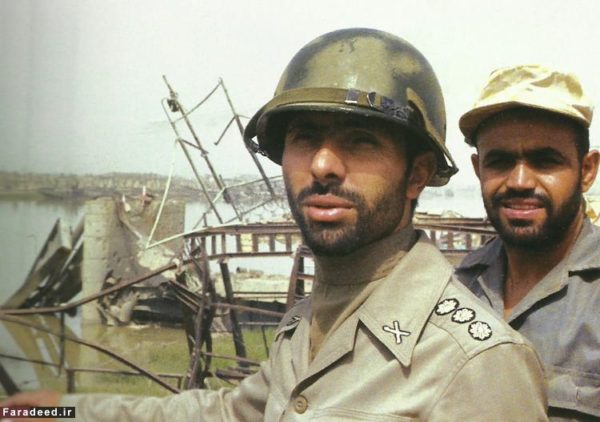
In a cogent survey of the Iran-Iraq War — which lasted from 1980 to 1988 — Smith observes that it permitted Saudi Arabia to bruise Iran by means of its support for Iraq. Khomenei’s vow to topple Iraq’s Sunni leader, Saddam Hussein, emboldened Sunni Arab states to throw their weight behind the Iraqis.
Smith argues that Saudi Arabia opposed the 2003 U.S. ground invasion of Iraq on the grounds that it might well strengthen Iran. In hindsight, the Saudis were correct. The American president, George W. Bush, failed to understand that Iraq’s majority Shi’as, whom he backed, would transform Iraq into a pro-Iranian state. Indeed, an Iranian foreign ministry official sardonically thanks the United States for having unseated Saddam. Shi’a politicians and militias filled the vacuum created by the collapse of Sunni governance in Iraq. The sectarian schism pitting Sunnis against Shias, he argues, was in essence a microcosm of the wider regional struggle between Iran and Saudi Arabia.
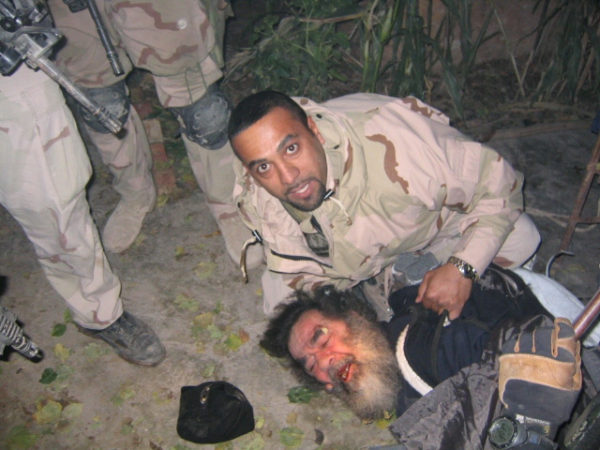
By Smith’s reckoning, Tehran’s battle to win Muslim hearts and minds in the Middle East was never as successful as in Syria, which has been Iran’s consistent ally for the past 39 years. But with the eruption of the Syrian civil war in 2011, Iran stepped up its political, economic and military efforts to prop up President Bashar al-Assad’s Baathist regime. Iran, in particular, has used Hezbollah to project power in Syria. And now the mullahs in Tehran are building a land corridor from Iran to the shores of the Mediterranean Sea to exert pressure on Israel, whose destruction they covet.
Being committed to Assad’s overthrow, Saudi Arabia funded two hardline Sunni rebel groups in Syria. But of late, the Saudis have more or less withdrawn from the fray, having blamed the Obama administration for not having honored its threat to hit Assad hard after his deployment of chemical weapons in August 2013.
Having fared badly in Syria, Saudi Arabia decided to confront Iran in Yemen, a dysfunctional nation on the tip of the Arabian Peninsula. In 2015, the Saudis embarked on an air campaign in support of Yemen’s legitimate government. The Saudi objective, an initiative of Defence Minister Crown Prince Mohammad bin Salman, was to crush a Houthi uprising supported by Iran. Saudi air strikes have killed about 10,000 civilians and created a humanitarian crisis in Yemen, but the Saudis have yet to subdue the Houthi rebels, whose rank-and-file is fond of the chant, “God curse the Jews.”
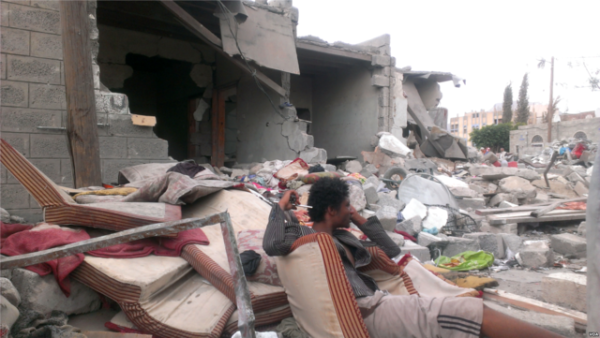
Iran says it was in favor of resolving the turmoil in Yemen through diplomacy, but Saudi Arabia thinks otherwise.
Neither Iran nor Saudi Arabia have accepted responsibility for the chaos that has drenched Iraq, Yemen and Syria in blood. And as Smith suggests, their bitter rivalry continues to inflame the Middle East, much to the detriment of their neighbors.